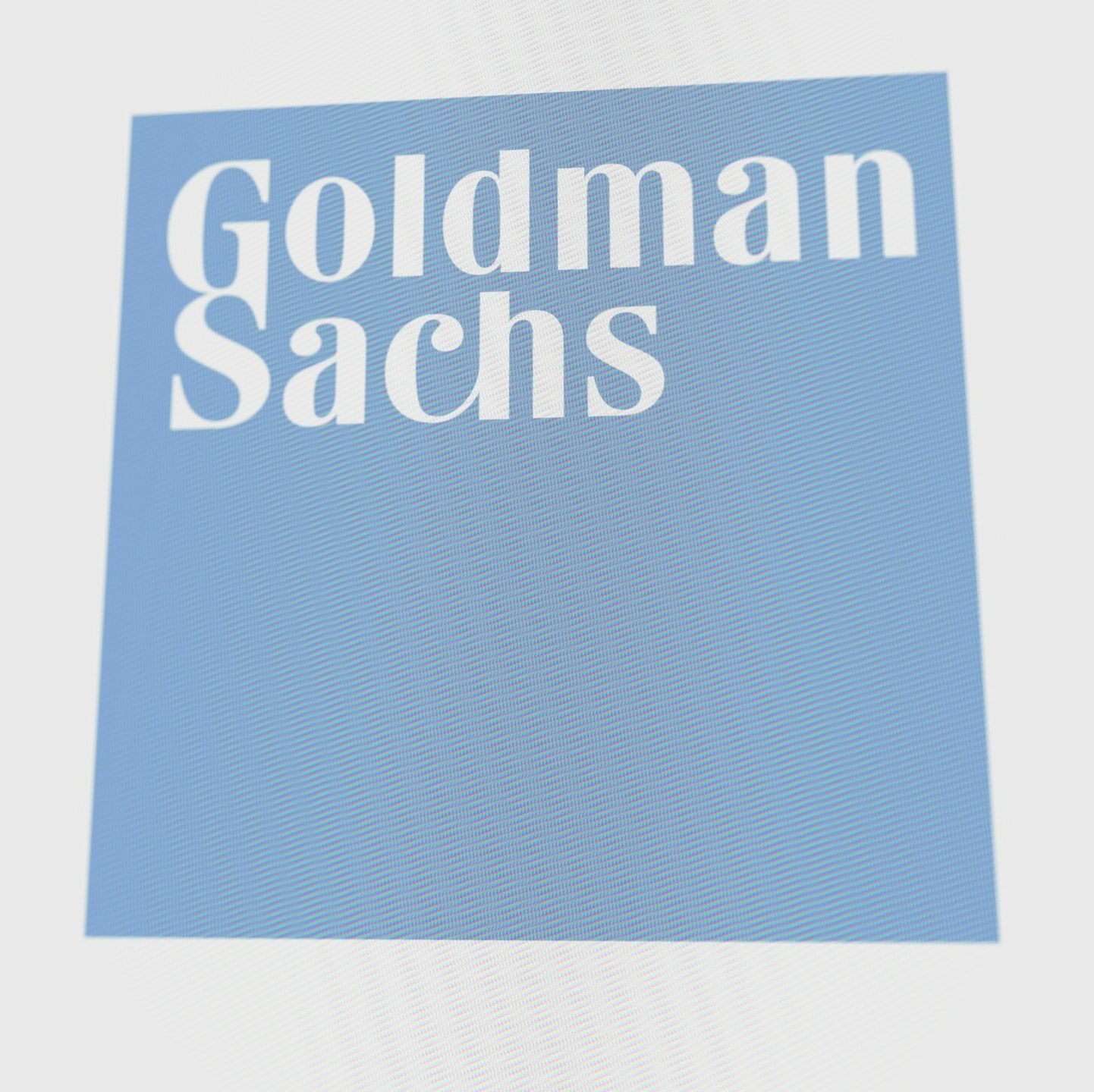Led by directional equity hedge and event-driven strategies, the HFRI Fund Weighted Composite Index advanced 1.3% in May, with additional positive contributions from relative value arbitrage strategies offsetting a decline in macro strategies.
The HFRI Equity Hedge (Total) Index jumped 2.5% for the month, reversing the April decline and marking the fifth gain for this index in the trailing seven months, posting its strongest monthly return since February.
The HFR Cryptocurrency Index surged 13.6% in May, while the HFR Risk Parity Vol 15 Index jumped 3.0% for the month.
Performance dispersion declined in May, as the top decile of the HFRI FWC constituents advanced by an average of 7.6%, while the bottom decile fell by an average of 4.1%, representing a top/bottom dispersion of 11.7% for the month. By comparison, the top/bottom performance dispersion in April was 14.3%. In the trailing 12 months ending May 2024, the top decile of FWC constituents gained 42.9%, while the bottom decile declined 7.3%, representing a top/bottom dispersion of 50.2%. Approximately 70% of hedge funds produced positive performance in May.
Equity Hedge (EH) funds, which invest long and short across specialised sub-strategies, led gains in May, driven by advances in energy and technology exposures. The HFRI Equity Hedge (Total) Index gained an estimated 2.5% for the month, improving the YTD 2024 return to 6.1%. EH sub-strategy gains were led by the HFRI EH: Sector-Energy Index, which surged an estimated 3.6%, while the HFRI EH: Sector-Technology Index added 3.2%.
Other strong contributors in May were the HFRI EH: Multi-Strategy Index and the HFRI EH: Fundamental Value Index, both of which advanced 3.1% for the month. Through the first five months of the year, the HFRI EH: Quantitative Directional Index leads EH sub-strategy performance with a YTD return of 8.6%.
Event-driven (ED) strategies, which often focus on out-of-favour, deep value equity exposures and speculation on M&A situations, also advanced in May, driven by multi-Strategy and distressed exposures. The HFRI Event-Driven (Total) Index gained 1.6% for the month, led by the HFRI ED: Multi-Strategy Index, which jumped 2.35%, and the HFRI ED: Distressed Index, which added 1.7% for the month.
Fixed income-based, interest rate-sensitive strategies also advanced in May as investors positioned for interest rate cuts in 2H24 despite persistent inflation. The HFRI Relative Value (Total) Index added an estimated 0.6% for the month, increasing its YTD 2024 return to 3.3%. RVA performance was led by the HFRI RV: Asset Backed Index and HFRI RV: Convertible Arbitrage Index, each of which advanced 0.9% for the month.
Macro strategies posted mixed performance in May as interest rates and financial market volatility fell, and as investors positioned for interest rate cuts in 2H24. The HFRI Macro (Total) Index fell -0.65% in May, the first monthly decline since November 2023. Losses were driven by the HFRI Macro: Systematic Diversified Index, which declined 1.3% for the month but remains the leading area of sub-strategy performance over the first five months of the year, with a YTD return of 9.15%. Partially offsetting the May declines, the HFRI Macro: Active Trading Index jumped 2.7% for the month, bringing its YTD performance to 6.3%.
Liquid alternative UCITS strategies posted gains in May, as the HFRX Global Index advanced 0.6% for the month, led by the HFRX Equity Hedge Index, which advanced 1.25%, and the HFRX Relative Value Index, which added 0.7%. The HFRX Market Directional Index also advanced in May, adding 1.7% for the month.
The HFRI Diversity Index advanced an estimated 1.8% in May, while the HFRI Women Index gained 1.9%.
In a press statement, Kenneth J Heinz, President of HFR, said: “Hedge funds posted strong gains in May, reversing April declines, with leadership from directional equity and credit strategies, as investors positioned for continued inflation, ECB and US Federal Reserve rate cuts, and an improving economic growth in H2 2024.
“Uncorrelated macro hedge funds, the leading strategy area of performance over the first four months of the year, posted its first monthly decline since November as financial market volatility fell in May.
“The primary risks for hedge funds and hedge fund positioning accelerated the shift from macroeconomic risks to geopolitical risks, with these comprising not only ongoing, active military conflicts but also potential for additional conflicts and risks associated with policy changes as a result of major political elections in the coming months.
“Hedge funds have effectively positioned portfolios in a tactical sense for these highly fluid and uncertain situations, including not only military threats, but possibilities for supply chain disruptions, outright trade embargoes or halts, and destabilising dislocations and volatility associated with banking and broader financial market operation. Institutions interested in access to opportunities which may be created by this volatility, as well as portfolio protection from these risks, are likely to increase exposure to hedge funds which have demonstrated their strategy’s robustness of navigating these building and evolving risks over recent months and years.”








